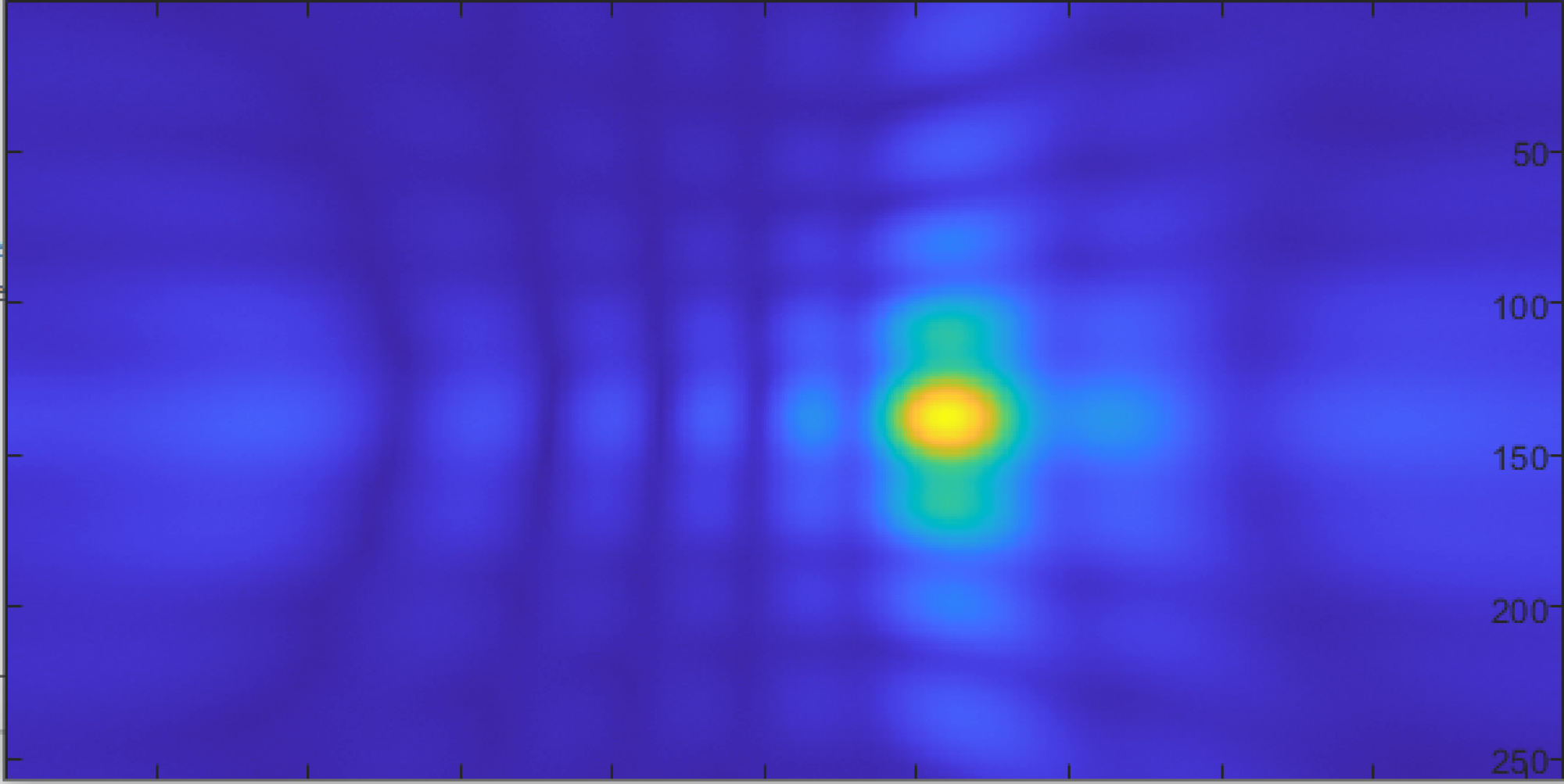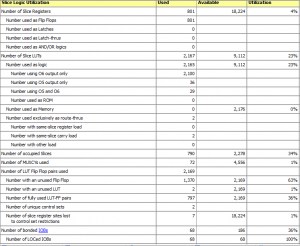This week, we’ve worked on creating the FIR filter for converting the 1-bit 1-3MHz Pulse Density Modulation output of the microphone to a standard double precision array in MATLAB. Essentially, the FIR filter is a lowpass filter that only allows signals below 20kHz (human hearing range) to pass through.
We used MATLAB’s Filter Designer tool to generate a lowpass FIR filter with 1.000MHz sampling frequency, 20kHz passband, 25kHz stopband. The resulting FIR filter had 506 taps. I could have lowered the stop band at the expense of higher filter order, but I didn’t want to slow the system down too much during the actual filtering process. We will see if a sharper filter is needed. The FIR filter has the following frequency and phase response:
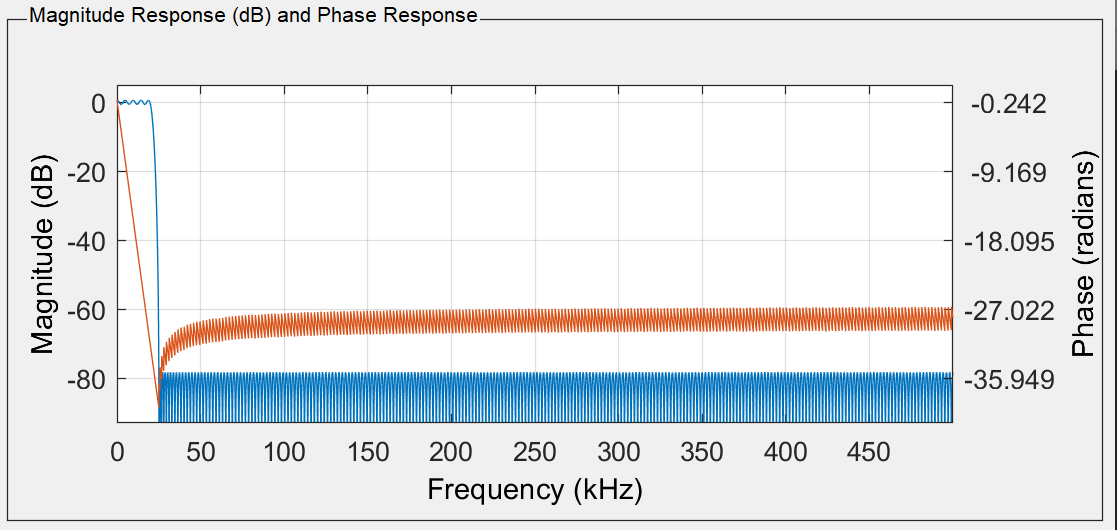
In order to apply the filter, we perform a convolution of the signal with the coefficients of the filter.
Original PDM signal, zoomed in:

Filtered result:
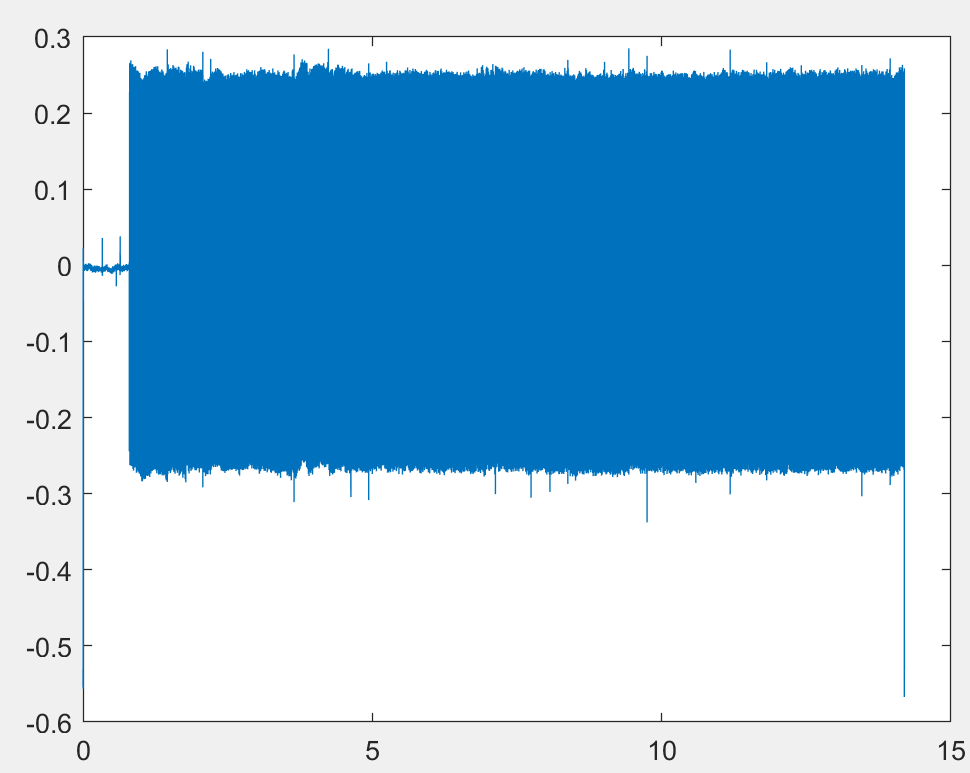
Filtered result, zoomed in: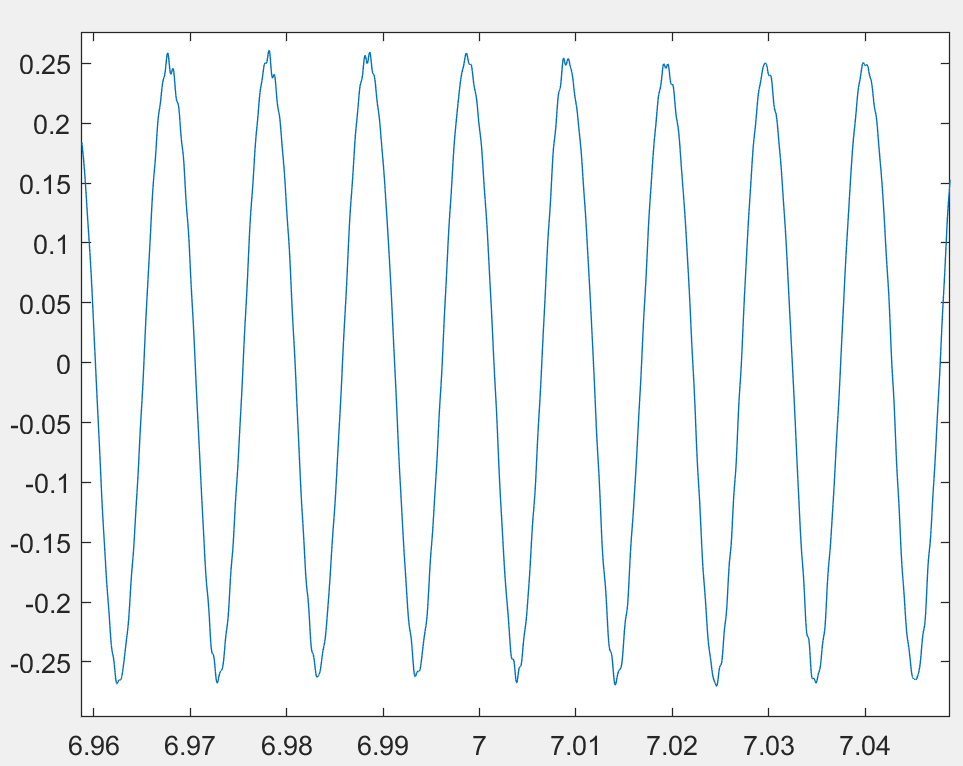
Great, we are getting our 850Hz tone that we applied to the mic back!
Further considerations:
- The process of convolving the PDM signal with the FIR filter seems to take a few seconds in MATLAB. We will need to optimize this for a realistic processing time for all 96 microphones.
- I was not able to get the resulting signal’s audio to play in MATLAB. I do hear some pops and crackles though, so there must be a way to play a double array.
- In talks with Patrick from TDK Invensense for microphones. We may be able to source the microphones from them instead of Mouser or Digikey, saving us a lot of money.
